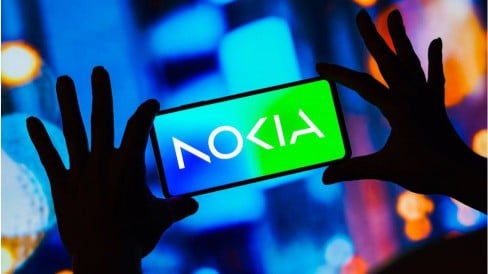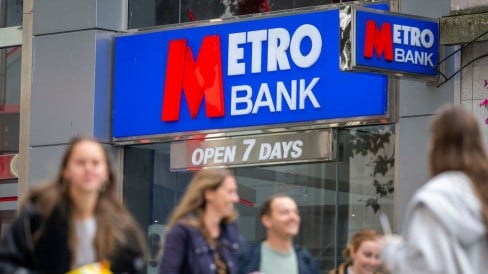
svetikd / Getty Images
There’s a puzzle at the heart of the government’s latest data on income, spending, and inflation.
Prices for the things we buy have been rising faster than incomes, so household buying power has been diminishing, data released Thursday by the Bureau of Economic Analysis shows. Yet, somehow, people have ramped up their spending—again. Even though income rose a healthy 0.7% over the month (thanks to the great job market), taking inflation into account, after-tax personal income has actually fallen 3% over the last 12 months as of October. Despite this, inflation-adjusted consumer spending is up 1.3% over the same period.
In other words, we’re making less, yet spending more.
As Wells Fargo Securities economists Tim Quinlan, Shannon Seery, and Jeremiah Kohl put it in a commentary: “This is not how it is supposed to work.”
It’s worked like this: Rather than cut back spending, people have chosen to tap into their savings—and into their credit. The same report showed the personal savings rate—that is, how much money people have left over each month after taxes and spending—dipped to 2.3% in October, near historic lows. The savings rate has only been lower once (in July 2005) since the BEA began keeping track in 1959.
The big question for the future of household finances and the economy: How long can we keep defying financial gravity?
“Will we have a Wile E Coyote moment when consumers realize there is nothing below them and consumption plummets?” said Jason Furman, a professor of economics at Harvard and former economics advisor to President Barack Obama, in a tweet.
For many, there’s a little way to go before reaching the edge of the cliff, thanks to the savings that people stockpiled during the pandemic. Government relief programs that gave cash to households, plus the lack of things to spend money on early in the pandemic helped consumers stockpile what Furman estimated to be $2.2 trillion of extra cash. Thanks to that hoard of savings, Furman said the fall-off in spending could be six months to a year away. The Wells Fargo Securities economists estimated that at the current rate, pandemic savings will be gone in 11 months.
The reduced savings rate is not the only sign that household finances are under pressure. People have been racking up credit card debt at the fastest pace in more than 20 years last quarter according to data from the Federal Reserve. They’ve also been sacrificing their retirement savings, taking cash from their 401(k)s at a record pace in October, investment management company Vanguard said last week.
If and when that shopping finally catches up with consumers, and spending hits the proverbial wall, that will likely mean the economy going into a long-anticipated recession, economists said.
“It does look as though households are happy to keep spending despite personal finances feeling the squeeze,” said James Knightley, chief international economist at ING, in an email. “Consumers are confident that the jobs market will remain robust and that the personal situation will gradually improve. However, with recession risks mounting we are skeptical that this situation can last long.”
Have a question, comment, or story to share? You can reach Diccon at [email protected].






